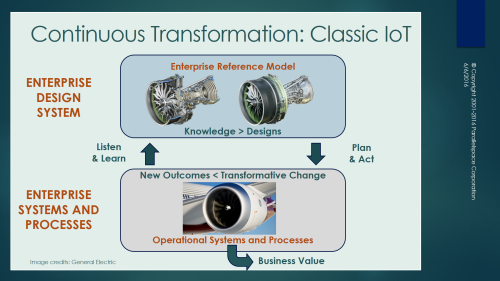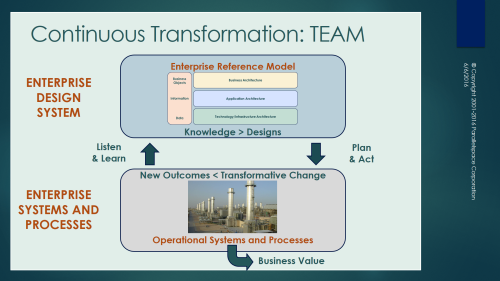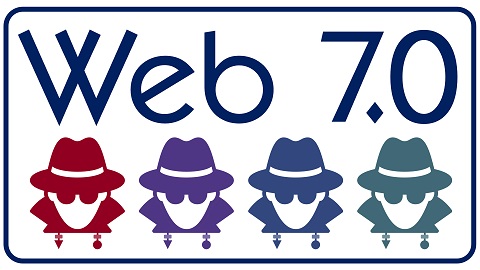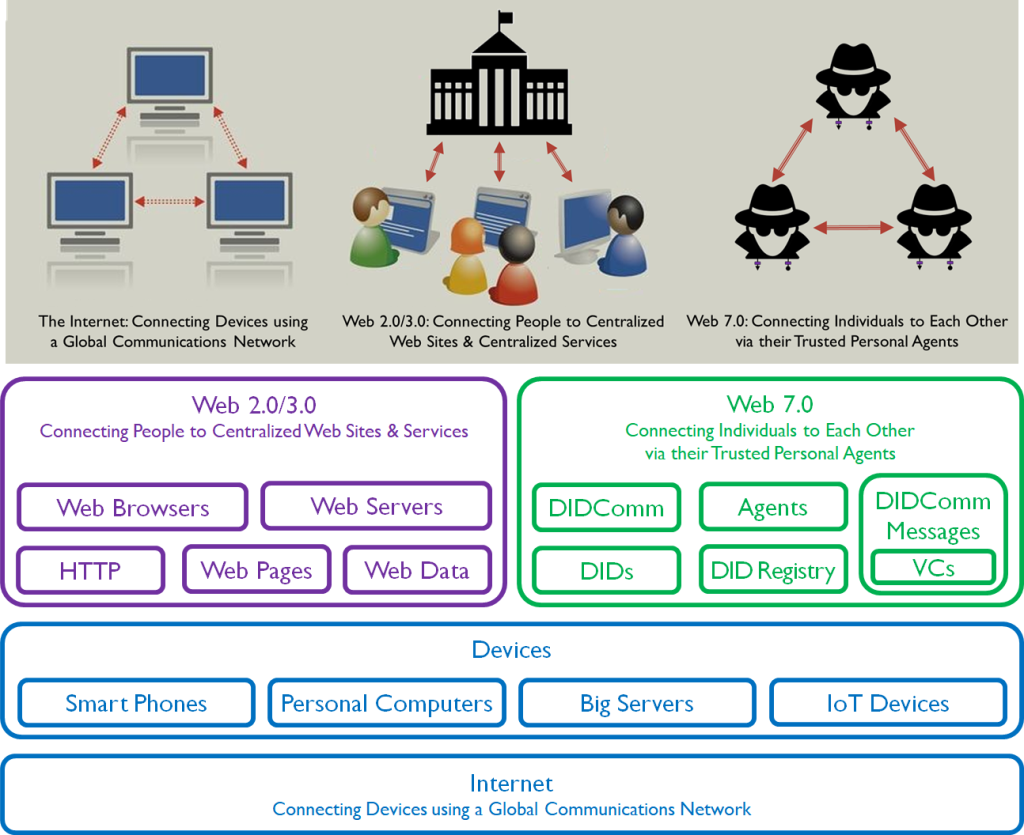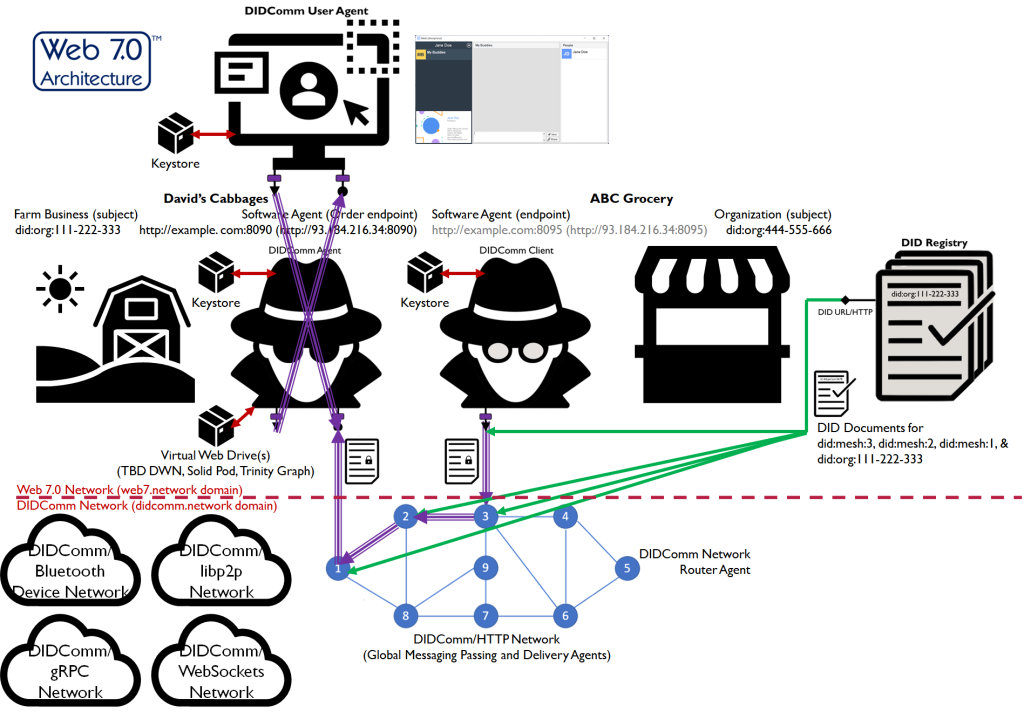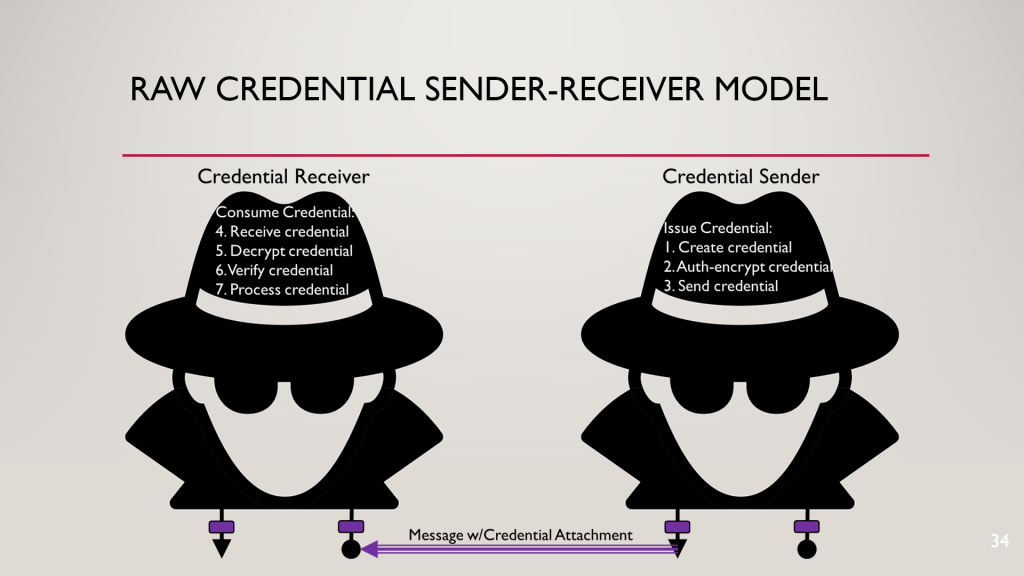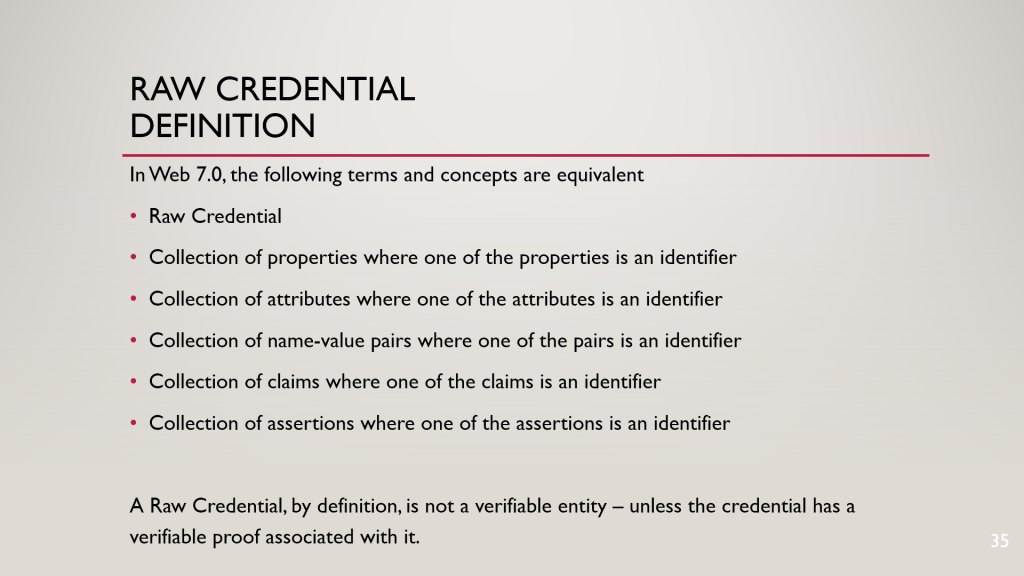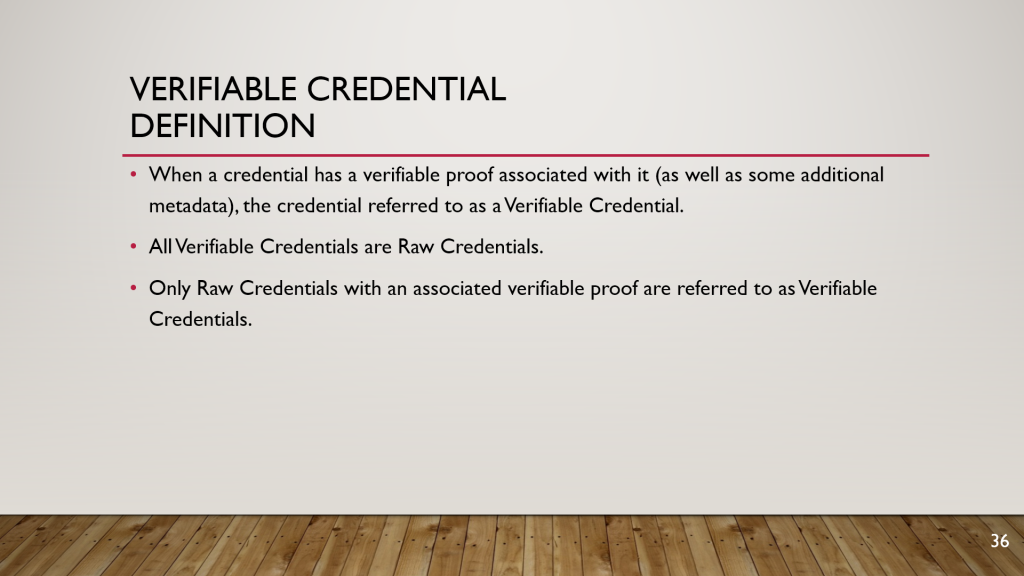COPYRIGHT © 2016-2017 by Michael Herman, Seattle, Washington and Toronto, Canada. All rights reserved.
Michael Herman is an expert when it comes to the mathematical modeling, analysis, and visualization of almost everything:
- Large enterprise organizations,
- Commercial, global-scale, cloud services platforms,
- Organization principles and belief systems,
- Human platforms,
- Aircraft engines, and
- Muscle cars.
Michael is the inventor of the #Graphitization Continous Transformation Model – a closed-closed loop feedback process for the ingestion, modeling, analysis, visualization, systems optimization, and life cycle management of any type of strategy, system, asset, architecture, or process.

Figure 1. #Graphitization Continuous Transformation Model
A key concept of #Graphitization is the implementation of Transformative Changes that result in positive increases in business value in the system being modeled.
#Graphitization
What is #Graphitization?
#Graphitization is a data science and enterprise architecture framework and process model for modeling, ingesting, organizing, analyzing, and visualizing any domain of endeavor by using graphs – networks of connected objects and relationships with each object and relationship annotated with additional descriptive information (metadata).
The primary applications of #Graphitization are:
- System optimization,
- Systems life cycle management, and
- Transformative Change in resulting in positive increases in business value for the system being studied.
A system is defined as any collection of strategies, system components, assets, architectures or processes.
References
#Graphitization Continuous Transformation Model
The #Graphitization general model is described in Figure 2. as it applies to the design and optimization of large enterprise organizations.

Figure 2. #Graphization Continuous Transformation Model: Large Enterprise Organizations
The same model can also be used to improve the design and operation of many different types of systems:
- Large scale enterprise organizations (public and private sector)
- Aircraft engines, muscle cars, and other high-performance engine systems
- Commercial, global-scale, cloud services platforms
- Automated service composition of cloud services-based data systems
- Large collaborative ecosystems: employee groups, business partners, social networks
- Large ecosystems of competing or competitive business organizations
- Organization principles and belief systems
- Conventions software applications and architectures: desktop, server, and web apps
- International standards for visual modeling languages
- Parallelspace ModelMate
- Enterprise Data Management
- Internet of Things (IoT)
- Architecture Reference Models
Standards
NEO Enhancement Proposal (NEP) Standards Author
Projects and Publications
0. SerentityData Graph
Model-based off-chain and on-chain (blockchain) graph data creation, migration, visualization, and analysis
Abstract
SerentityData Graph is an entity-relationship modeling, serialization, and graph analysis solution that supports development of traditional full-stack and blockchain smart contract applications. SerentityData features tight Neo4j integration for on-chain & off-chain graph data visualization and analysis.
Description
SerentityData Graph is an open source, entity-relationship modeling, serialization, and graph data visualization and analysis solution that supports the development of traditional full-stack, blockchain-based smart contract, and Neo4j graph database applications.
Starting from a single data model, SerentityData supports the automatic code generation of entities and relationships that support symmetric development of: (a) off-chain data in traditional multi-tier full-stack applications, (b) on-chain data management for blockchain-based distributed ledger technology apps (dApps), and (c) Neo4j enterprise graph applications.
SerentityData features complete life-cycle integration with Neo4j for on-chain and off-chain graph data creation, migration, visualization, and analysis. Live code walk-throughs and demonstrations will enable you to begin using SerenityData and Neo4j immediately. Github: https://github.com/mwherman2000/serentitydata-compiler
Resources
My blog: https://hyperonomy.com/
Related blog posts
- Michael Herman, Blockchain Developer, Enterprise Architect and Data Scientist: #Graphitization Inventor https://hyperonomy.com/2017/05/18/michael-herman-inventor-of-graphitization/
- #Graphitization of the Enterprise https://hyperonomy.com/2017/01/02/graphitization-of-the-enterprise/
- Tokenize Every Little Thing (ELT) https://hyperonomy.com/2018/01/24/tokenization-of-every-little-thing-elt/
- #Graphitization of .NET Applications: Marrying Open EA Data with Graph Databases https://hyperonomy.com/2016/10/19/crossing-the-ea-chasm-marrying-open-ea-data-with-graph-databases/
- #Graphitization of Ray Dalio’s Principles: Iteration 1 https://hyperonomy.com/2016/12/29/graphitization-of-ray-dalios-principles/
- #Graphitization of Ray Dalio’s Principles: Iteration 2 https://hyperonomy.com/2016/12/30/graphitization-of-ray-dalios-principles-iteration-2/
- Crossing the EA Chasm: #Graphitization of ArchiMate 3.0 – Iteration 1 https://hyperonomy.com/2017/01/17/crossing-the-ea-chasm-graphitization-of-archimate-3-0/
- Crossing the EA Chasm: #Graphitization of ArchiMate 3.0 – Iteration 2 https://hyperonomy.com/2017/02/08/crossing-the-ea-chasm-graphitization-of-archimate-3-0-iteration-2/
- Crossing the EA Chasm: Automating Enterprise Architecture Modeling #1 https://hyperonomy.com/2016/10/22/crossing-the-ea-chasm-automating-enterprise-architecture-modeling/
- Crossing the EA Chasm: Automating Enterprise Architecture Modeling #2 https://hyperonomy.com/2016/11/04/crossing-the-ea-chasm-automating-enterprise-architecture-modeling-2/
- Crossing the EA Chasm: ArchiMate “Keep Calm and Have IT Your Way” https://hyperonomy.com/2016/11/17/crossing-the-ea-chasm-archimate-have-it-your-way/
- Crossing the EA Chasm: Open Repository Strategies for Enterprise Architecture https://hyperonomy.com/2016/10/04/the-ea-chasm-open-repository-strategies-for-enterprise-architecture/
- Crossing the EA Chasm: Enterprise Architecture Diagrams Your Grandmother (and CIO) Will Love https://hyperonomy.com/2016/10/13/archimate-diagrams-your-grandmother-and-cio-will-love/
- #Graphitization of ArchiMate: Getting MMOR from ArchiMate using the ModelMate Master Online Repository https://hyperonomy.com/2017/02/10/crossing-the-ea-chasm-how-to-use-the-modelmate-online-repository-mmor/
- #Graphitization of the Amazon Leadership Principles (introducing Personal Leadership Principle Maps) – Iteration 1 https://hyperonomy.com/2017/05/08/amazons-principles/
- What are the differences between improving the design (and operation) of an aircraft engine, a muscle car, a large enterprise, and/or an integrated commercial global cloud services platform …all running at hyperscale? https://hyperonomy.com/2017/04/10/whats-the-difference-between-improving-the-design-and-operation-of-an-aircraft-engine-a-muscle-car-a-large-enterprise-and-a-commercial-global-cloud-services-platform/
Live Neo4j Models
- http://hobby-icgaeohcoeaggbkeabhldpol.dbs.graphenedb.com:24789/browser/ Userid: ModelMate_Master_Datasets10 Password: YqeZAH4ODEJqglkEsK5p
YouTube Channel: https://www.youtube.com/playlist?list=PLU-rWqHm5p46bIDXPNf4c2JP_AOkopnV5
- 12. NEO Persistable Classes (NPC) Platform 2.1: Preview https://www.youtube.com/watch?v=N-jiJOZwiFg&list=PLU-rWqHm5p46bIDXPNf4c2JP_AOkopnV5&index=5
- NEO Persistable Classes (NPC) Platform 2.0: Deep Dive https://www.youtube.com/watch?v=Nj4-m2o94VE&list=PLU-rWqHm5p46bIDXPNf4c2JP_AOkopnV5&index=6
- NEO Persistable Classes 1.0: Deep Dive (Video 2 of 3) [Update 1] https://www.youtube.com/watch?v=qwteL1BiCjM&list=PLU-rWqHm5p46bIDXPNf4c2JP_AOkopnV5&index=7
- NEO Persistable Classes Platform 2.2: Structured Storage & Reusable, Indexed, Non-Fungible Entities https://www.youtube.com/watch?v=vnAxyCAZ1ec&list=PLU-rWqHm5p46bIDXPNf4c2JP_AOkopnV5&index=10
Related Github Projects
- SerentityData Entity Compiler (serentitydata-compiler) https://github.com/mwherman2000/serentitydata-compiler/blob/master/README.md
- NEO Persistable Classes (NPC) Compiler 2.1 (npcc) – Compiler for the NEO Persistable Classes (NPC) Platform 2.1 https://github.com/mwherman2000/neo-npcc2
- NEO Persistable Classes V1.0 – An Efficient Object-Oriented Framework for C#.NEO Smart Contract Development (ORIGINAL) – https://github.com/mwherman2000/neo-persistibleclasses
Recognition
- NeoDraw – NEO Persistable Classes Platform 2.0: NEO-Microsoft dApp Competition (4th place prize – USD$15,000) – https://neo.org/blog/details/3074 and https://neo.org/awards.html
Keywords
- blockchain on-chain data modeling symmetric programming data management .NET C# NEO Stratis Ethereum Technical Case Study Developer Best Practices
1. Large scale enterprise organizations (public and private sector)
The first applications of #Graphitization were in the field of traditional enterprise architecture modeling and analysis:
- Business Architecture
- Application Architecture
- Technology/Infrastructure Architecture
References
- #Graphitization of the Enterprise
- Crossing the Chasm: Progressive Enterprise Architecture Model (PEAM)
- Progressive Enterprise Architecture Maps – Update 2
- Using ArchiMate 2.1 to Model Product or Service Markets
- ArchiMate 3.0: What is the preferred way to model a Server Farm?
- Crossing the EA Chasm: Enterprise Architecture Diagrams Your Grandmother (and CIO) Will Love
- Crossing the EA Chasm: Annotating Your EA Models with RACI Roles
- Crossing the EA Chasm: Automating Enterprise Architecture Modeling #1
- Crossing the EA Chasm: Automating Enterprise Architecture Modeling #2
- Crossing the Enterprise Architecture Chasm
- ModelMate Architecture Reference Model
- What are the differences between improving the design (and operation) of an aircraft engine, a muscle car, a large enterprise, and/or an integrated commercial global cloud services platform …all running at hyperscale?
- Modeling a Company and Its Locations, Markets, Employees, Investors & Roles: Proposals, Wishes & Dreams
2. Aircraft engines, muscle cars, and other high-performance engine systems
It turns out that the modeling and analysis of any complex system is an ideal candidate for #Graphitization.
References
- What are the differences between improving the design (and operation) of an aircraft engine, a muscle car, a large enterprise, and/or an integrated commercial global cloud services platform …all running at hyperscale?
3. Commercial, global-scale, cloud services platforms
One particularly important application is the modeling and analysis of very large, commercial, global-scale, cloud services platforms.
References
- What are the differences between improving the design (and operation) of an aircraft engine, a muscle car, a large enterprise, and/or an integrated commercial global cloud services platform …all running at hyperscale?
4. Automated service composition of cloud services-based data systems
Call the solution “Expedia for Microsoft Azure/AWS/SFDC/…” or whatever you prefer, today’s commercial cloud services platforms are still a pain in the ass to use for creating non-trivial applications. Left, right, and center you have to hand-code a myriad of worker processes simply to reformat and pass data around.
#Graphitization is an optimal approach for modeling the underlying cloud services platform services catalog.
References
- MS Azure is a bit of a bucket of bolts …very good bolts …but relative to the other IoT vendors, a bucket of bolts.
- What are the differences between improving the design (and operation) of an aircraft engine, a muscle car, a large enterprise, and/or an integrated commercial global cloud services platform …all running at hyperscale?
- Microsoft Azure Stack POC Architecture Reference Model (ARM): ArchiMate Model – version 1-0-7 – April 30, 2016
5. Large collaborative ecosystems: employee groups, business partners, social networks
Project “Boston” is named after some potential business partners and the embryo for the idea coming from my months as a founding Groove Networks business partner (including many of my most important relationships that I still maintain today).
6. Large ecosystems of competing or competitive business organizations
Modeling of large ecosystems of competing/competitive business organizations is a straightforward #Graphitization use case.
7. Organization principles and belief systems
On the surface, the #Graphitization of principle and belief-based frameworks is pretty straightforward but this is because the basic #Graphitization serves as the substrate for many advanced data ingestion, analysis, and visualization projects.
Below are the results of the #Graphitization of two principle and belief-based frameworks:
- Bridgewater Associates: Ray Dalio’s Principles
- Amazon: Jeff Bezos’ Amazon Leadership Principles
References
- #Graphitization of Ray Dalio’s Principles: Iteration 1
- #Graphitization of Ray Dalio’s Principles: Iteration 2
- #Graphitization of the Amazon Leadership Principles (introducing Personal Leadership Principle Maps) – Iteration 1
8. Conventional software applications and architectures: desktop, server, and web apps
Modeling of complex, multi-language, multiple runtime software environments is a use case that is an ideal application of #Graphitization.
References
- #Graphitization of .NET Applications: Marrying Open EA Data with Graph Databases
- Pinc-A Tool For Maintaining Configurable Software in Pascal1
- Pinc-A Tool For Maintaining Configurable Software in Pascal2
- Pinc-A Tool For Maintaining Configurable Software in Pascal3
- Pinc-A Tool For Maintaining Configurable Software in Pascal4
- Pinc-A Tool For Maintaining Configurable Software in Pascal5
9. International standards for visual modeling languages
A significant investment has been made in applying #Graphitization to language modeling; specifically, languages for enterprise architecture like ArchiMate.
ArchiMate References
- Using ArchiMate 2.1 to Model Product or Service Markets
- ArchiMate 3.0: What is the preferred way to model a Server Farm?
- How do I model “X” using ArchiMate?
- Crossing the EA Chasm: ArchiMate “Keep Calm and Have IT Your Way”
- Crossing the EA Chasm: ArchiMate Art
- Crossing the EA Chasm: Re-visioning the ArchiMate Specification
- Crossing the EA Chasm: Reflections on the Current State of ArchiMate
- Crossing the EA Chasm: Re-visioning ArchiMate 3.0 Relations as Verbs
- Crossing the EA Chasm: Re-visioning ArchiMate 3.0 Elements as Adjectives [WIP]
- Crossing the EA Chasm: #Graphitization of ArchiMate 3.0 – Iteration 1
- Crossing the EA Chasm: #Graphitization of ArchiMate 3.0 – Iteration 2 (long but meaty)
- #Graphitization of ArchiMate: Getting MMOR from ArchiMate using the ModelMate Master Online Repository
10. Enterprise Data Management
Modeling and analyzing enterprise data structures and stores is a common application of #Graphitization; including the modeling of taxonomies and master data.
References
- RE: Managing Master Data With ArchiMate
11. Parallelspace ModelMate
Parallelspace ModelMate is an approach (platform and language framework) for creating domain specific languages (DSLs) for enterprise architecture. It is realized using #Graphitization and the ArchiMate enterprise architecture modeling language.
References
- Crossing the Enterprise Architecture Chasm
- Crossing the EA Chasm: Open Repository Strategies for Enterprise Architecture
- ModelMate Architecture Reference Model
12. Internet of Things (IoT)
IoT is an interesting beast. It is a reference to an application service for processing raw events from a device or dynamically generated events from a software system. IoT also defines a conceptual software and data flow architecture that can also be used for the dynamic creating and maintenance of complex systems such as large enterprise architectures.
References
- Subject: MS Azure Services: Is there an overarching architectural vision?
- MS Azure is a bit of a bucket of bolts …very good bolts …but relative to the other IoT vendors, a bucket of bolts.
- Crossing the EA Chasm: “Where does IoT [Internet of Things] fit in?”
13. Architecture Reference Models (ARMs)
An ARM is easily modeled (and analyzed) using #Graphitization. SharePoint and Azure Stack are two good examples.
References
- ARMs for Model-Driven LOB apps: SharePoint 2013/SharePoint 2016 [Oct. 24, 2016]
- Microsoft Azure Stack POC Architecture Reference Model (ARM): ArchiMate Model – version 1-0-7 – April 30, 2016
General References
- Continuous Transformation and Transformative Change are key principles of the Total Enterprise Architecture Model (TEAM) (click here)
- To dig deeper, check out Graphitization of the Enterprise (click here)
- [Enterprise Architecture, Big Data, CRM, ERP, …] Tools and Methods Don’t Generate Business Value (click here)
- Crossing the EA Chasm: The Surveyor
Best regards,
Michael Herman
Enterprise Architect and Data Scientist
Parallelspace Corporation
M: 416 524-7702
E: mwherman@parallelspace.net
B: http://hyperonomy.com
L: https://www.linkedin.com/in/mwherman/recent-activity/posts/
Skype: mwherman2000
Living at the intersection of Enterprise Architecture, Enterprise Knowledge, and Data Science
- ArchiMate is registered trademark of The Open Group.



